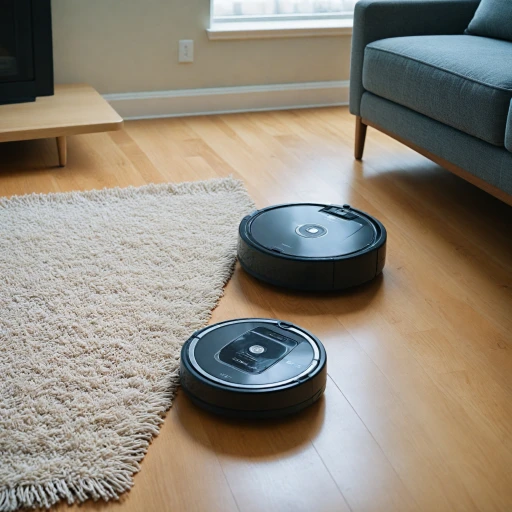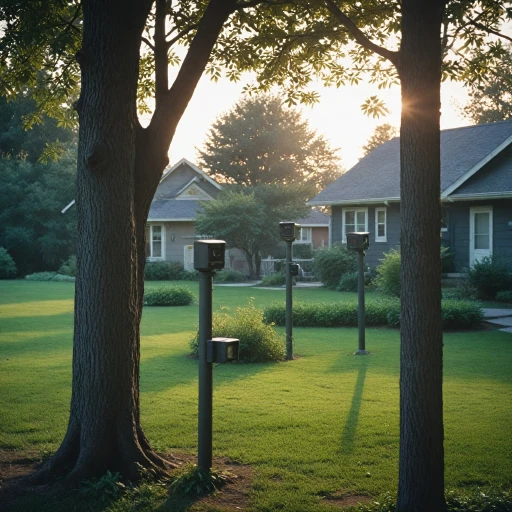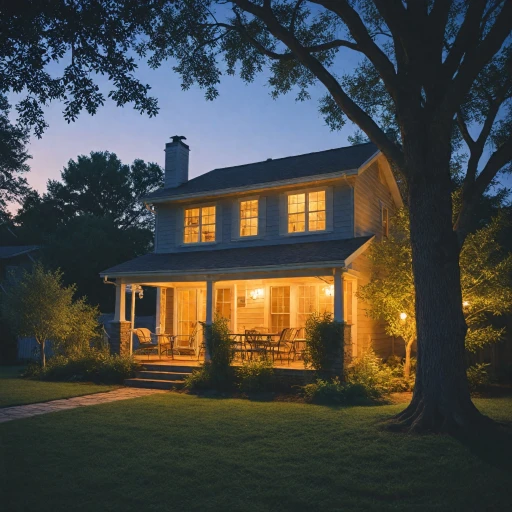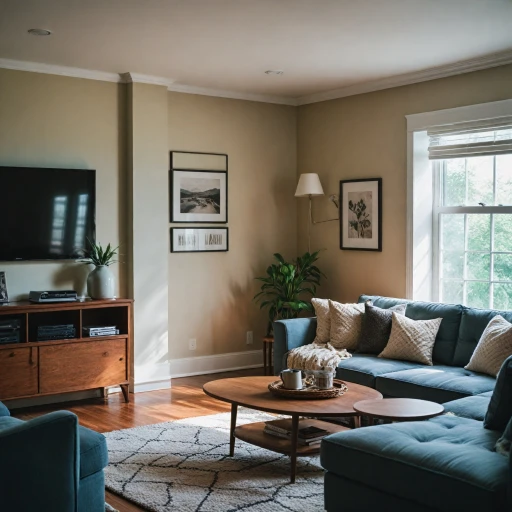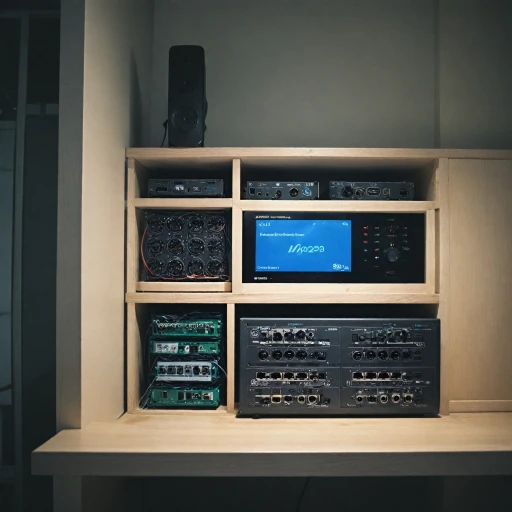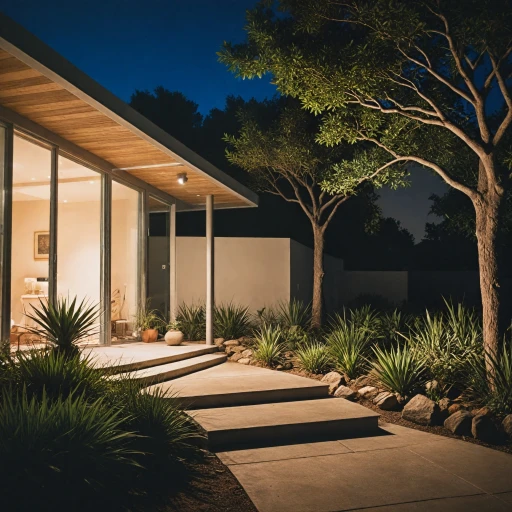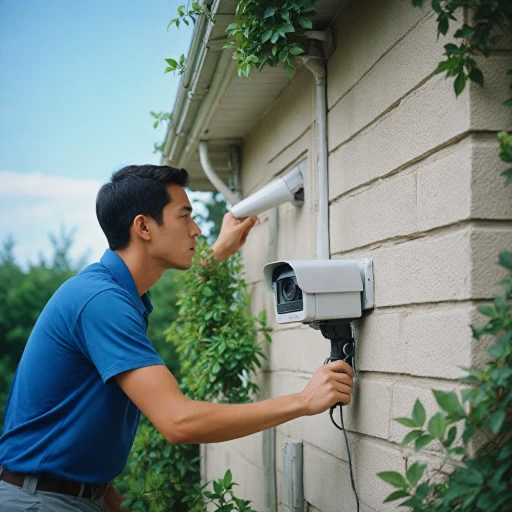
Understanding PoE Security Camera Systems
Introduction to Power over Ethernet (PoE) Camera Systems
Power over Ethernet (PoE) security camera systems have become an essential component in modern home security setups. Unlike their wireless counterparts, PoE cameras are a type of wired system that transmit both data and power through a single Ethernet cable. This integration simplifies installation and ensures a more stable connection, which is crucial for maintaining constant surveillance.
How PoE Security Cameras Work
The basic concept of PoE is to deliver electrical power alongside data signals over Ethernet cabling. This is possible through a PoE switch or injector that connects to your network video recorder (NVR), facilitating a streamlined video surveillance experience. By bypassing the need for separate power sources, PoE systems not only reduce installation complexity but also improve flexibility in camera placement.
Types of PoE Cameras
PoE security cameras come in various designs, such as dome, bullet, and turret models, suitable for both indoor and outdoor use. The ability to incorporate features like night vision, wide angle lenses, and audio functionalities makes them highly customizable. Consumers can also select models with specific zoom capabilities or opt for a multi-channel NVR setup to accommodate several cameras within the same system.
Cost Considerations
When comparing PoE systems to other security options, it’s essential to consider their price and long-term benefits. Although PoE camera systems may have a higher initial cost than some wireless counterparts, their durability and reliability often present better value over time.
Choosing the Right PoE System
For homeowners exploring PoE security solutions, it’s crucial to assess certain features that meet their unique needs. Evaluating factors like camera resolution, night vision range, and channel NVR capabilities should be part of your decision-making process. For more information on how to properly set up your system, you can explore details in the wiring diagram for your garage door sensor, which shares insights applicable to PoE installations.
Benefits of Using PoE Security Cameras
Superior Connectivity and Power Efficiency
Incorporating Power over Ethernet (PoE) security cameras into your home security setup ensures both exceptional connectivity and power efficiency. Unlike typical security cameras that require separate power and data cables, PoE systems use a single cable to transmit both power and data, streamlining installation and reducing clutter. This efficient use of resources makes PoE cameras a cost-effective choice for homeowners seeking a reliable security solution.Enhanced Video Quality and Storage Options
PoE security cameras are known for delivering high-quality video feeds. Many models offer features such as high-definition resolution, wide-angle views, and advanced zoom capabilities, allowing for detailed monitoring of your property. Additionally, these systems often come with Network Video Recorders (NVRs), which offer ample storage for your video footage. The NVR security systems can support multiple channels, allowing you to add more cameras if necessary without significant upgrades.Reliability and Flexibility in Setup
Due to their wired nature, PoE security cameras provide a stable and uninterrupted data flow, unlike some wireless systems that could suffer from connectivity issues. Whether it’s a dome camera for indoor use or a robust outdoor setup equipped with night vision, PoE systems cater to various needs and environments. Plus, the flexibility in choosing different types of lenses, such as those with audio capabilities or night vision, enhances the effectiveness of your security measures.Longevity and Cost Efficiency
The initial price of PoE camera systems might appear high compared to other options, but their longevity and minimal maintenance needs often justify the cost. PoE cameras are designed to be durable and require less frequent replacement, which saves money in the long run. By investing in a PoE setup, you ensure a long-term security solution that adjusts to your growing security demands. Furthermore, for more insights on the role of camera cords in PoE system efficiency, visit Understanding the Importance of Security Camera Cords.Installation Tips for PoE Camera Systems
Installation Advice for Optimal Performance
Installing a PoE camera system begins with a solid understanding of the infrastructure requirements. Since Power over Ethernet (PoE) cameras utilize Ethernet cables for both power and video transmission, the setup process can be more efficient compared to traditional systems. Here's a breakdown of essential tips to ensure a smooth installation:- Plan Your Layout: Before diving into the setup, identify key areas that require surveillance. It's advisable to strategically place cameras to cover entry points, walkways, and other vulnerable spots. Consider utilizing wide-angle lenses for comprehensive coverage.
- Choose the Right Cameras: Depending on your specific needs, you might opt for dome cameras for discretion or bullet cameras for focused views. Indoor and outdoor options vary, so be sure to select cameras with the appropriate weatherproof ratings if they will be exposed to the elements.
- Ensure Adequate Power Supply: While PoE systems simplify power management, ensure that your network switch or PoE NVR has enough power output for all connected cameras. This prevents underpowered devices and maintains system reliability.
- Run and Manage Cables Effectively: Proper cable management is critical to avoid interruptions and ensure longevity. Ethernet cables should be run along walls or ceilings, secured, and, if possible, concealed to prevent tampering.
- Test Components Before Finalizing Installations: Before permanently mounting, test the camera and NVR security components to ensure everything works seamlessly. This includes verifying the video feed and audio functionality.
- Integrate with Existing Networks: If your home already has a wired network, assess the capacity to integrate PoE cameras without overwhelming your bandwidth. A separate channel for video data might be beneficial.
- Utilize Advanced Features: Explore features like night vision, zoom, and audio capabilities to enhance your security setup. These can offer significant advantages in various lighting and environmental conditions.
Features to Look for in PoE Security Cameras
Selecting Essential Security Features
When choosing a PoE security camera system, it's crucial to identify the right features that ensure maximum protection for your home. Here’s a guide to help you make an informed decision:- Camera Resolution: Look for at least 1080p resolution for clear video quality. Higher resolution cameras, such as 4K, offer more detailed images.
- Night Vision: Ensure the cameras have infrared LEDs for effective night vision. This feature is essential for security during low-light conditions.
- Wide Angle Lens: A wide-angle lens provides a broader field of view, reducing blind spots in your surveillance area.
- Zoom Capability: Optical zoom allows you to magnify distant objects, providing better detail without sacrificing image quality.
- Audio Features: Two-way audio can be a valuable addition, allowing you to communicate with people near the camera or deter intruders.
- Dome and Bullet Options: Choose between dome or bullet cameras based on your specific needs. Dome cameras are discreet, while bullet cameras are more visible and often act as a deterrent.
- Outdoor Durability: For outdoor cameras, ensure they are weatherproof and can withstand harsh conditions.
- NVR Capabilities: Your NVR should support the number of channels you intend to use and offer sufficient storage for video recordings. Some systems come with pre-installed hard drives, but check if you have the option to add additional storage or channels as needed.
Maintaining Your PoE Security Camera System
Keeping Your PoE Security System in Top Condition
Maintaining your PoE security camera system properly is essential for it to function optimally over time. Here are some practical tips to ensure your system continues to provide reliable security coverage:
- Regular Cleaning: Dust and debris can affect the camera lens, impacting video quality. Wipe the lenses of your security cameras, including dome cameras, with a microfiber cloth regularly to maintain clear visuals, even in night vision mode.
- Inspect Cables: It's important to examine your cables regularly for signs of wear and tear. Be sure to check for any fraying or disconnections, especially if your system is set up outdoors, as this can affect both power transmission and the clarity of the video feed.
- Firmware Updates: Manufacturers often release updates for security cameras and NVR systems to enhance features or patch vulnerabilities. Check for updates periodically and install them to keep your system's security and functionality at peak level.
- Check Audio and Zoom Functionality: Test the audio input and any zoom features your PoE cameras may have to ensure that they are functioning correctly, allowing for detailed surveillance and effective deterrence.
- Weatherproofing: Ensure that all outdoor cameras and connectors are properly sealed and weatherproofed. Extreme weather conditions can damage equipment, so protective measures are necessary to ensure longevity.
- Monitor Recording and Storage: Periodically review recorded footage to verify that the system captures and stores video correctly. Ensure your NVR security system’s storage space is adequate, especially if using a channel NVR setup where multiple cameras are connected.
By following these maintenance tips, your PoE security system will continue to deliver efficient and reliable monitoring that helps safeguard your home and property against potential threats, ensuring peace of mind at all times.
Comparing PoE Systems with Other Security Options
Evaluating Alternatives to PoE Security Systems
When deciding on the ideal security setup for your home, it's essential to compare PoE security camera systems with other available options. Unlike traditional wired security systems that require separate cables for both data and power, PoE systems utilize a single cable, reducing setup complexity. This streamlined approach not only simplifies installation but also enhances reliability, since fewer points of failure are involved.
Wireless cameras are another popular option. They offer flexibility in placement, yet they might pose concerns about network interference and reliability. Additionally, wireless systems often depend heavily on a stable internet connection, potentially creating vulnerabilities that aren't an issue for PoE systems.
Network Video Recorders (NVRs) are commonly used with PoE systems, allowing integration and storage of high-quality audio and video feeds. NVRs offer features such as a wide view, night vision, and zoom capabilities. Conversely, simpler DVR systems paired with analog security cameras may not provide the same level of detail or options like dome or outdoor-specific lenses.
- Price and Budget: Despite upfront costs, PoE systems offer a cost-effective solution in the long run, reducing the need for additional purchases like power adapters and extra cables.
- Video Quality: With PoE, you can expect higher resolution and more detailed security footage than some wireless systems, which depend on Wi-Fi speeds.
- Reliability: Wired systems, particularly those using PoE, avoid pitfalls such as signal interruptions common with wireless alternatives.
PoE cameras offer an array of features, such as audio recording, night vision, and the ability to add extra channels (*channel security*), which may not be as robust in non-PoE or older systems. This versatility ensures your security infrastructure can be easily scaled if your needs expand in the future.


